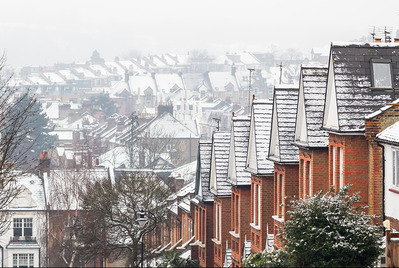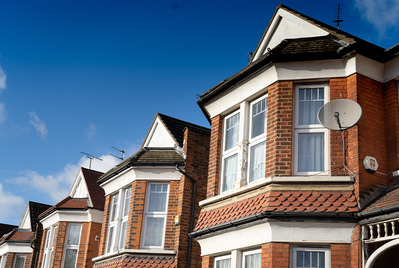
An uninsulated property can lose a huge amount of heat - around a third through the walls and around a quarter through the roof. With the new Minimum Energy Efficiency Standards rules it’s more important that ever to ensure your Buy to Let is as energy efficient as possible and installing proper insulation is one of the best ways to do that.
The cost for an average three-bedroom, semi-detached house could be well under £1,000, so hopefully it should be affordable for your own home as well as properties you let.
Insulating the loft
There are three types of material you can use:
- Mineral wool insulation. This comes in rolls and should be laid to a depth of 270mm. It costs around £300 to insulate an average property if you employ a contractor - you can greatly reduce this by fitting it yourself
- Rigid insulation board. This needs to be carefully cut to size to ensure a good fit, so it’s best done by a professional. It should cost around the same as wool
- Spray foam insulation. This is sprayed into place and then sets in an insulating layer, and it must be applied by a professional. As well as being the perfect solution for hard-to-reach places, it’s good to use where space is at a premium, as 100mm of spray is equivalent to around 170mm of foam or board insulation. It’s the most expensive option, costing between £1,000 and £3,000 for the average property, depending on where you live in the UK. However, do check this method with a surveyor who is a member of RICs or the RPSA
Insulation is only something you should need to address once, as long as the rules don’t change as all these materials should last 80-100 years.
Remember, if you fit insulation between the loft joists, the roof space may be colder than the house below. That increases the risk of pipes and water tanks in the loft freezing, so worth insulating those as well.
Insulating the roof
If the loft area is used as living space, you’ll have to insulate the roof. That’s a much more complicated job so it’s advisable to employ a professional fitter. You can find one via the National Insulation Association’s website and take advice from a qualified surveyor.
Insulating the walls
Most properties built since the 1930s have cavity walls, where there are two layers of brickwork. Holes are drilled from the outside of the property and insulation is injected into the space between the two layers. This is a job for a professional installer and should cost around £475 for the average property (around £100 less for a mid-terrace). Cavity wall insulation should be covered by a 25-year guarantee, but be aware that some properties have suffered with damp post cavity wall insulation, so do make sure you check this with a qualified surveyor before you go ahead.
If you have an older property with solid walls, insulating the property is more complicated and therefore more expensive, potentially running to thousands of pounds. However, if the property was given a rating of ‘F’ or ‘G’ some years ago, it’s worth getting an up-to-date assessment before you make any costly changes, as research is now suggesting the thermal efficiency of solid walls may have been underestimated.
If you would like to discuss what tenants are looking for from lettings properties in your area. Book a free lettings review and will be happy to discuss any questions have.
The Your Move Content Marketing Team



